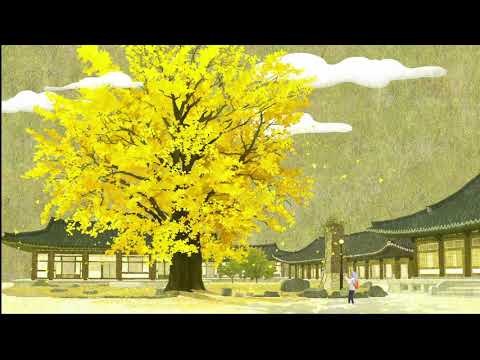
Nestled in the southeastern part of South Korea, the Gyeongsangbuk-do province, commonly referred to as Gyeongbuk, offers a vivid tableau of Korea’s rich heritage and natural beauty. From the rugged coastlines along the East Sea to the serene landscapes of its national parks and the historical depth of its ancient cities, Gyeongbuk is a destination that promises travelers an enchanting mix of adventure, history, and tranquility.
#### Captivating Historical Sites
A journey through Gyeongbuk is incomplete without exploring the ancient city of Gyeongju, often hailed as the “museum without walls.” This city was the capital of the Silla Kingdom for almost a millennium, and today it boasts an array of UNESCO World Heritage sites that captivate historians and tourists alike. The Bulguksa Temple and Seokguram Grotto stand out with their exquisite Buddhist art and architectural ingenuity. Visitors often marvel at the detailed stone carvings and the serene expressions on the statues’ faces which reflect a rich spiritual heritage.
Nearby lies Yangdong Folk Village, another UNESCO site, where visitors can step back in time. This well-preserved village showcases traditional Joseon dynasty-era houses belonging to yangban (noble class) families. Strolling through this village offers insights into ancient Korean lifestyle and architecture, creating a palpable connection to Korea’s historical narrative.
#### Natural Wonders
Gyeongbuk is also home to some of South Korea’s most stunning natural attractions. Palgongsan Mountain captivates visitors with its breathtaking scenery year-round; its spring azaleas, summer greens, autumn colors, and snowy winter vistas offer unique experiences in each season. Hiking trails lead adventurers past temples and hermitages that blend harmoniously with nature.
The Juwangsan National Park is another jewel in Gyeongbuk’s crown. Known for its rocky peaks like Jusanji Pond – famously featured in Kim Ki-duk’s film “Spring, Summer, Fall, Winter…and Spring” – it offers tranquil hikes through lush forests which are home to abundant wildlife.
#### Coastal Charm
The coastal areas of Pohang and Uljin beckon with unique appeals. Pohang is famous not only for POSCO – one of world’s largest steel-making companies – but also for cultural sites like Homigot Sunrise Plaza. Its easternmost point features a large hand sculpture reaching out from the sea – a popular spot for witnessing spectacular sunrises on New Year’s Morning.
Uljin features serene beaches coupled with hot springs resorts where travelers can unwind while enjoying therapeutic baths believed to have healing properties due to their mineral content.
#### Festivals Galore
Gyeongbuk is vibrant with festivals which showcase local culture and traditions vividly. The Andong Maskdance Festival stands out with performances that highlight Korea’s mask dance drama traditions linked to shamanistic rituals; whereas Cheongdo Bullfighting Festival provides an adrenaline-rushing spectacle quite unlike Spain’s bullfights – here bulls test their strength against each other in matches that are both intense yet safe as no bulls are harmed.
#### Gastronomy Journey
Finally, no travel story about Gyeongbuk would be complete without mentioning its culinary offerings. The region’s food reflects its historical richness with specialties such as Andong jjimdak (braised chicken), Yeongyang corn tea known for its health benefits, and delicacies made from local seafood along coastal towns.
In conclusion, traveling through Gyeongbuk is akin to wandering through pages of a vibrant history book while being surrounded by nature’s masterpieces. Whether you’re marvelling at ancient relics or basking in natural splendor; whether you stir your taste buds or simply soak up traditional Korean culture at festivals – every aspect contributes uniquely towards an enriching travel experience promising memories that last for a lifetime.
